
We hear regular news about bookstores closing these days. Even some of the most popular bookstore chains have shut down shops all over the world. Independent bookstores are faring worse as they are unable to withstand the might of e-commerce sites and the steep discounts they offer. Unfortunately, the future looks bleak for the remaining ones as well.
You would be surprised to know, however, that even in this dire period, there are several bookstores that have stood the test of time, not just for years but for centuries. Here, we present some of the oldest bookstores in the world that are still going strong, delighting people of all ages with their treasure troves of tomes.
1. Bertrand Bookstore:
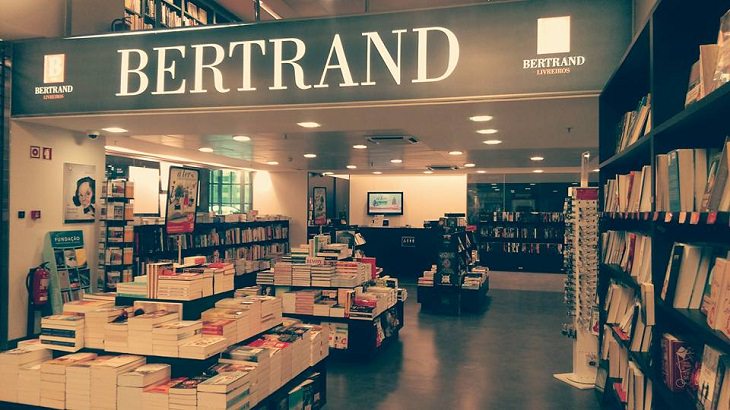
Image source: Bertrand Bookstore
Guinness World Records officially recognizes the Bertrand Bookstore as the world's longest-operating bookshop. Located in Lisbon, Portugal, the store has been open since 1732 – that’s a whopping 288 years and counting!
Also known as Livraria Bertrand, the store was opened by a Portuguese visionary named Pedro Faure. Initially, the store was more of a hub for the art and intellectual scene in the city. Over time, though, it progressed to become one of the most popular bookstore chains in the world. The elegant architecture and the great variety of books have attracted visitors to the shop for over two centuries now. Such was the popularity of the shop that Bertrands went on to have their own printing press and even held regular workshops on printing and writing.
The original location of the Bertrand Bookstore was wrecked in a severe earthquake in 1755. Faure’s son-in-law then reopened the store at Capela de Nossa Senhora das Necessidades. 18 years later, the store was shifted again to Rua Garrett and since then it has stayed put in that location.
2. Moravian Book Shop:
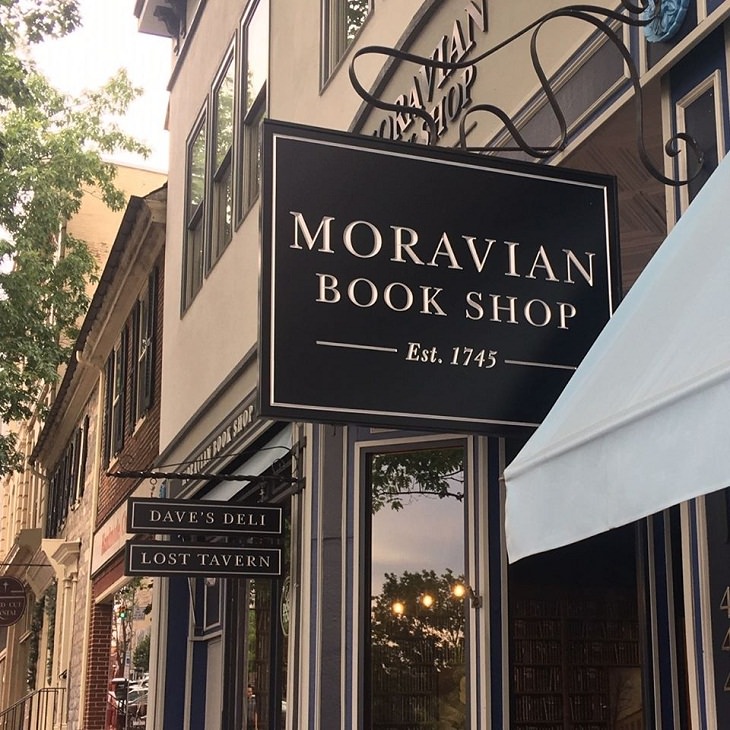
Image source: Moravian Book Shop
Established in the year 1745, the Moravian Book Shop is the oldest bookstore in America. Located in the center of Bethlehem, Pennsylvania, this shop has earned the reputation of being the oldest continuously operating bookstore in the world.
Samuel Powell, who was the keeper of the Church’s Crown Inn on the south side of the Lehigh River, was appointed to operate the store in 1745 and the bookshop soon established its name among the masses. In 1856, the store moved to Arch Street in Philadelphia and returned to Bethlehem two years later. Since then, Moravian has maintained a loyal customer base and served booklovers for nearly three centuries. Regular customers have enjoyed its wide assortment of books across genres along with Moravian- and Bethlehem-themed gifts.
In 2018, the ownership of the Moravian Book Shop changed hands. However, the bookshop will not close and its legacy will continue to enthrall countless book lovers in the years to come.
3. Hatchards:
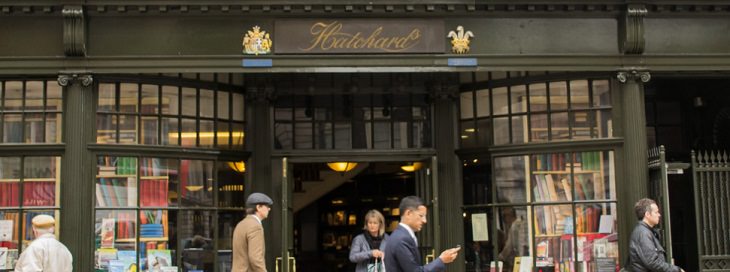
Image source: Hatchards
Hatchards is recognized as the United Kingdom’s oldest book shop and was established in 1797 by John Hatchard. The store is located in one of the most famous landmark streets of the world, Piccadilly, and has survived two location shifts.
In the early days, Hatchards had just a small collection of books, but its range was impressive even then. British and foreign literature as well as classics to modern bestsellers primarily occupied its bookshelves back then. Over the next few decades, the shop gained a reputation and established itself as Britain’s most loved book shop. In fact, Hatchards is one of the few bookstores that is even favored by British royalty. The shop has enjoyed great success and its location has now become an intrinsic part of the cultural ethos of the country.
Over the years, Hatchards has seen a variety of different owners but its essence remains the same.
4. Librairie Galignani:
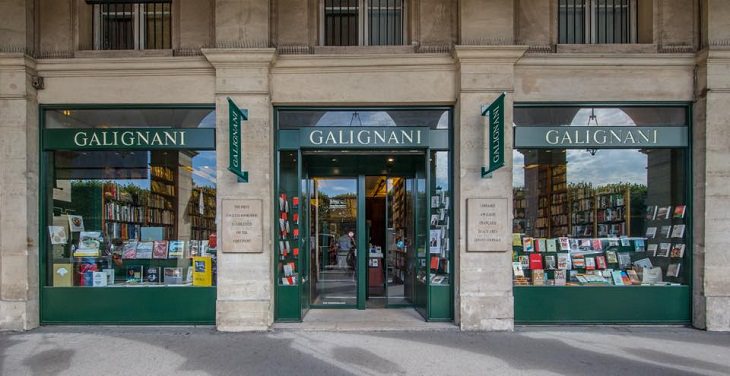
Image source: Librairie Galignani
Galignani’s bookstore has been the bedrock of French culture and society for decades. Outside of the UK, it is the oldest English bookstore on the European continent. The store was founded in 1801 by the Galignani family. While the streets of Paris were speckled with independent bookstores even then, Galignani’s stood out because of its intricate architecture and a delightful arrangement of English books. This enticed not just the American and UK ex-pats in the city, but also caught the fancy of the erudite locals who had a great love for world literature. After the Galignani family started publishing a daily newspaper, the place saw a significant increase in its customers.
Librairie Galignani moved has moved locations several times and it was only in 1856 that it found its permanent home in the classy arcade of the rue de Rivoli. The shop is still run by the descendants of the original family.
5. Morpurgo:
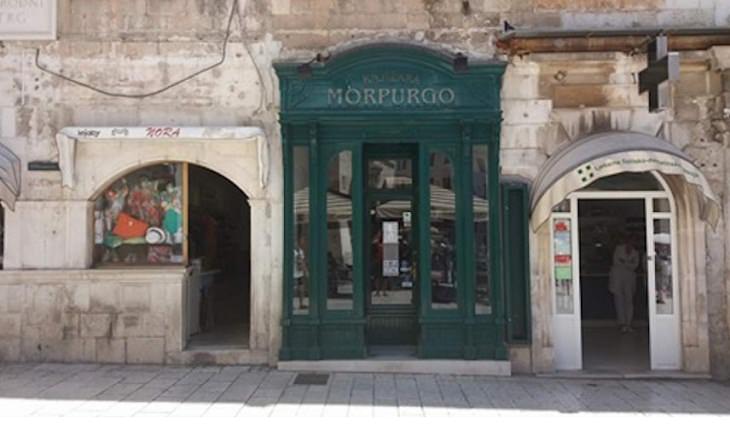
Image source: Total-Croatia-News.com
Set up in 1860, Morpurgo was the brainchild of Croatian intellectual leader, Vid Morpurgo. It is one of the few old bookstores of the world which has remained in the same location - at People’s Square in the Old Town of Split - from its first day of existence.
Vid Morpurgo was a Renaissance man and used to gather and sell texts from all over Europe in his bookstore which also included a reading room. He then went on to make the place a hub for the town’s intellectuals to discuss current affairs. The welcoming environment of the bookshop lured the city’s people in droves as there were no libraries in Croatia back then.
In 1862, Vid Morpurgo started a newspaper titled “Il Nazionale” (meaning 'The people’s paper') from his bookstore and that helped increase the shop’s popularity immensely. Within the next few years, the Morpurgo bookstore was seen as the literary keeper of the city and began stocking an extensive array of literature, most of which were foreign.
The Morpurgo bookstore has been one of the famed cultural assets of the Republic of Croatia. While not many book shops survive today in the city, the locals hope that this cult bookshop lives on to tells its tale for many more years.
In the modern digital world, the position of paperbacks and hardcover has become uncertain. However, these old bookstores prove that people still relish the feeling of visiting a quaint bookstore and spending some time with their favorite books inside the store. If these bookshops have survived successfully for centuries to tell their tale, then maybe there is a sliver of hope for the future of traditional books as well.